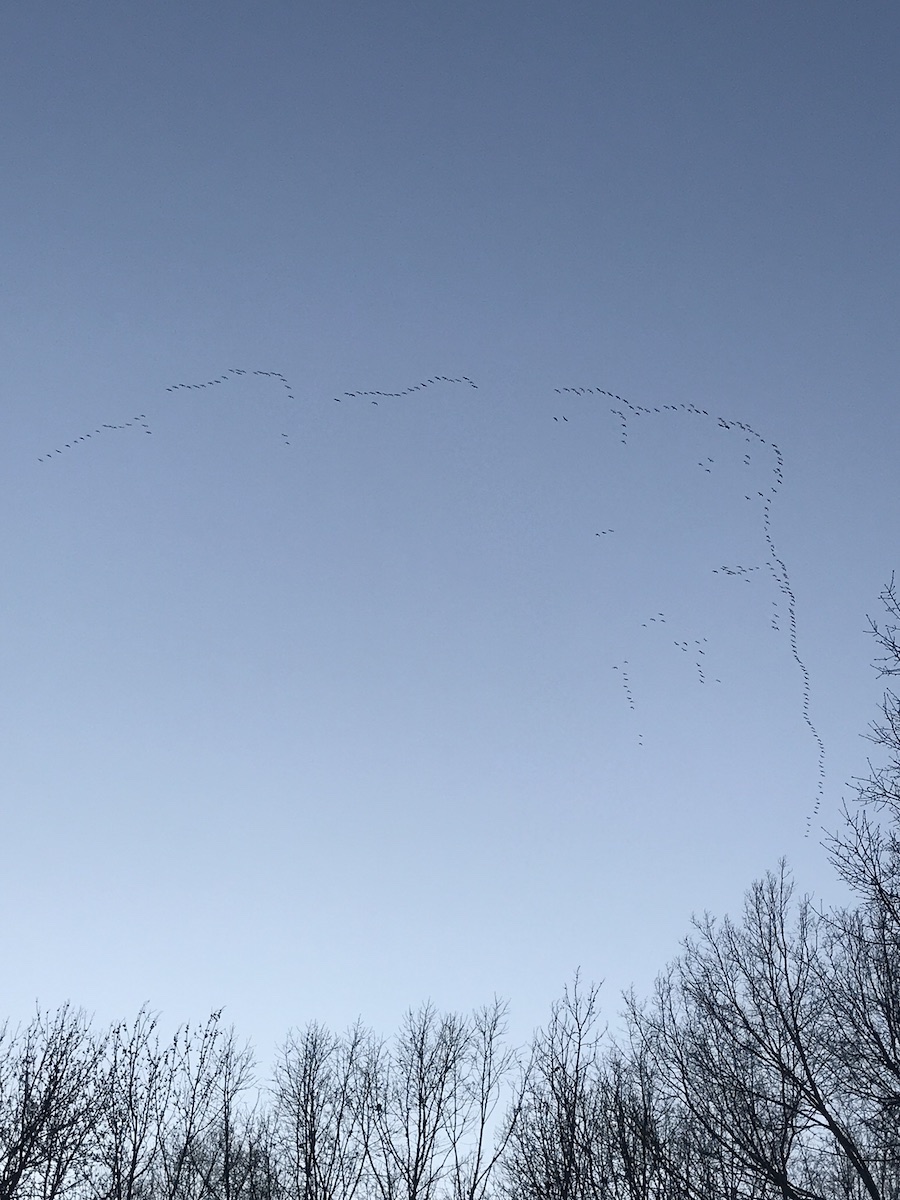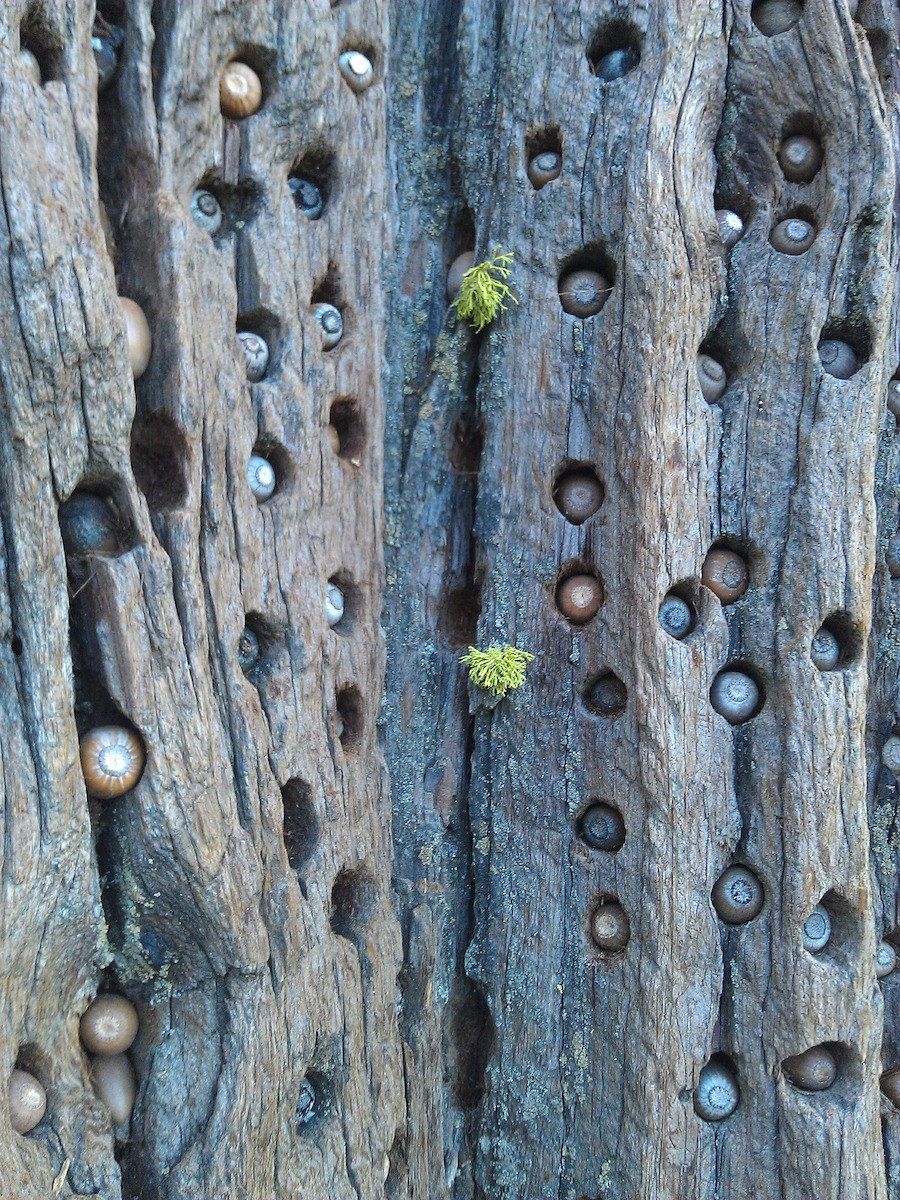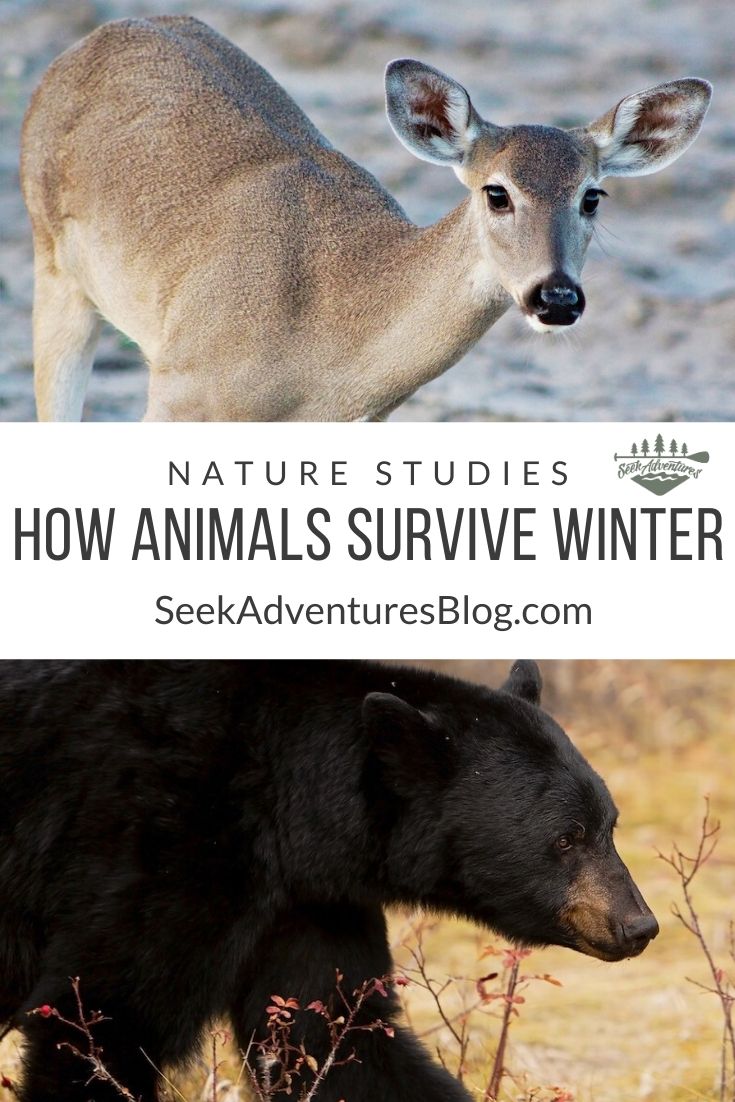Have you ever wondered how animals survive winter? What do they do when it is cold and rainy or snowy? How do they adapt? Let’s find out.
You may be happy to stay inside in the winter, turn up the heat and cuddle up with a blanket and a hot cuppa but animals don’t have quite the same luxuries as us. Fortunately, animals do have some neat tricks up their sleeves that give them a pretty good chance of surviving the winter.
How Animals Survive Winter
Animals face many challenges in the winter but the biggest concerns are cold temperatures, wet weather, and lack of food. Fortunately, animals have many ways to help them cope with those problems.

Migration
Animals that migrate will move to a different location depending on the season. They will often travel north during the warmer months and head south as the seasonal temperatures start to drop. Most of us are very familiar with birds that migrate but many mammals such as bats, elk and even caribou (also known as reindeer) may head for warmer areas in the winter.
Migration is a great coping mechanism but not all birds and mammals migrate so they must depend on other methods to survive the winter.

Adaptation
Many animals will undergo physical changes as winter approaches. Animals will add layers of fat and they may grow a thicker coat to help them stay warm. Some animals will even change colors to maintain their camouflage in a changing landscape. Here in the southeast, the coat of a whitetail deer will turn grayish in the late fall and will return to a reddish-brown hue in the summer months.
Animals also have an innate sense of when to store up food and how much they will need. Most of us know that squirrels store nuts and seeds but did you know that these animals also store food for the winter?
- chipmunks
- shrews
- woodpeckers
- beavers

Hibernation
Bears are certainly known for hibernation but they aren’t the only animals that hibernate. Hibernation is when an animal feeds heavily during the abundant season and then goes into a deep sleep when food is scarce. The animal’s heart rate will slow along with other bodily functions so the animal doesn’t have to get out and feed when food is less likely to be available. In addition to bears, other animals that hibernate include chipmunks, groundhogs, frogs, turtles, and skunks.
Read Next
- How to Attract Birds in the Winter
- Take Your Kids For a Winter Walk
- Nature and Winter | How Plants and Trees Survive in Winter
- Nature and Winter | Why Does it Snow and Other Winter Weather Facts
- 10 Great Adventure Books To Read With Your Kids This Winter
- Take Your Kids For a Winter Walk
Pin this post to Pinterest to save it for later.

